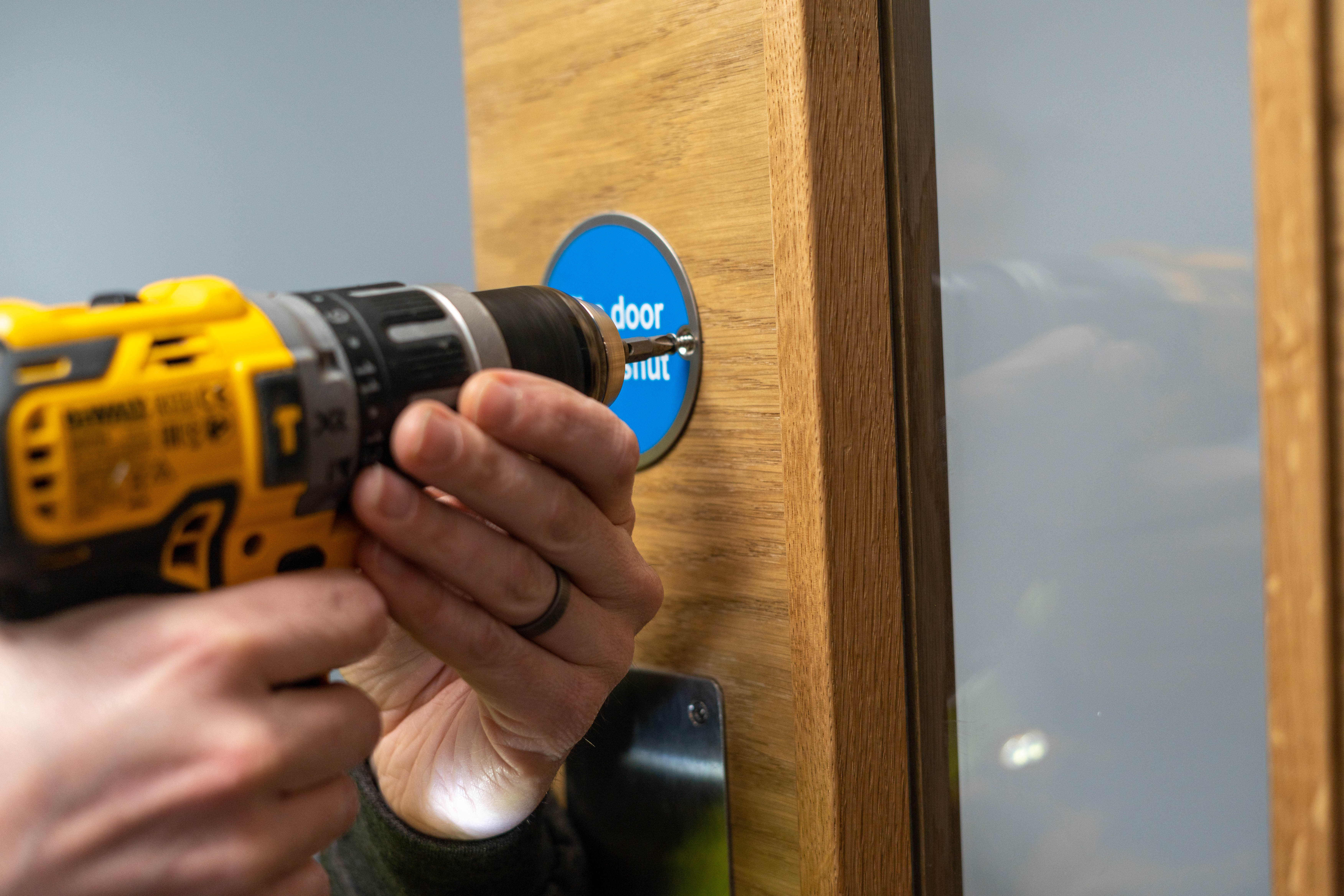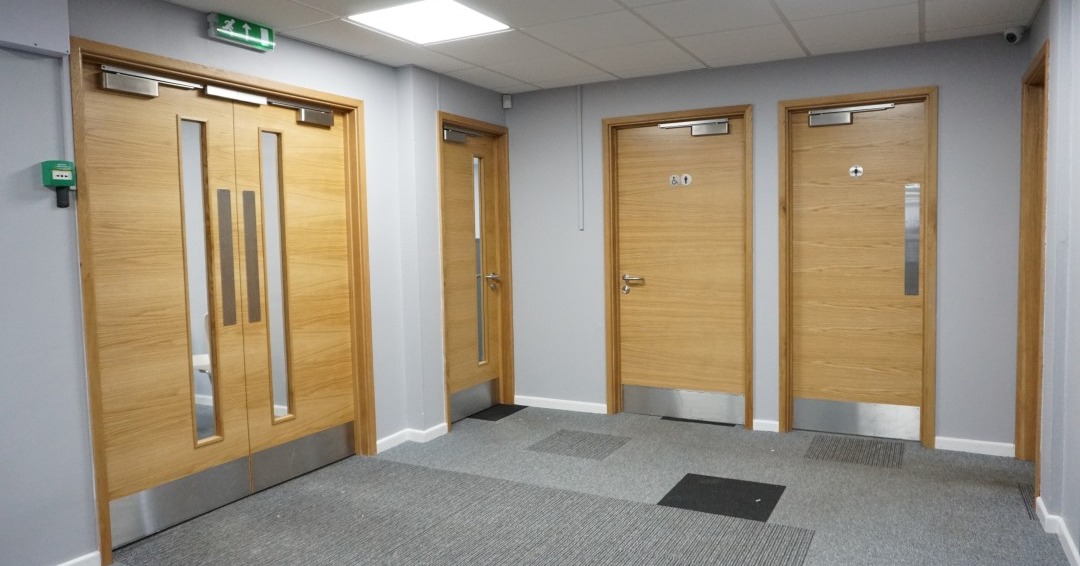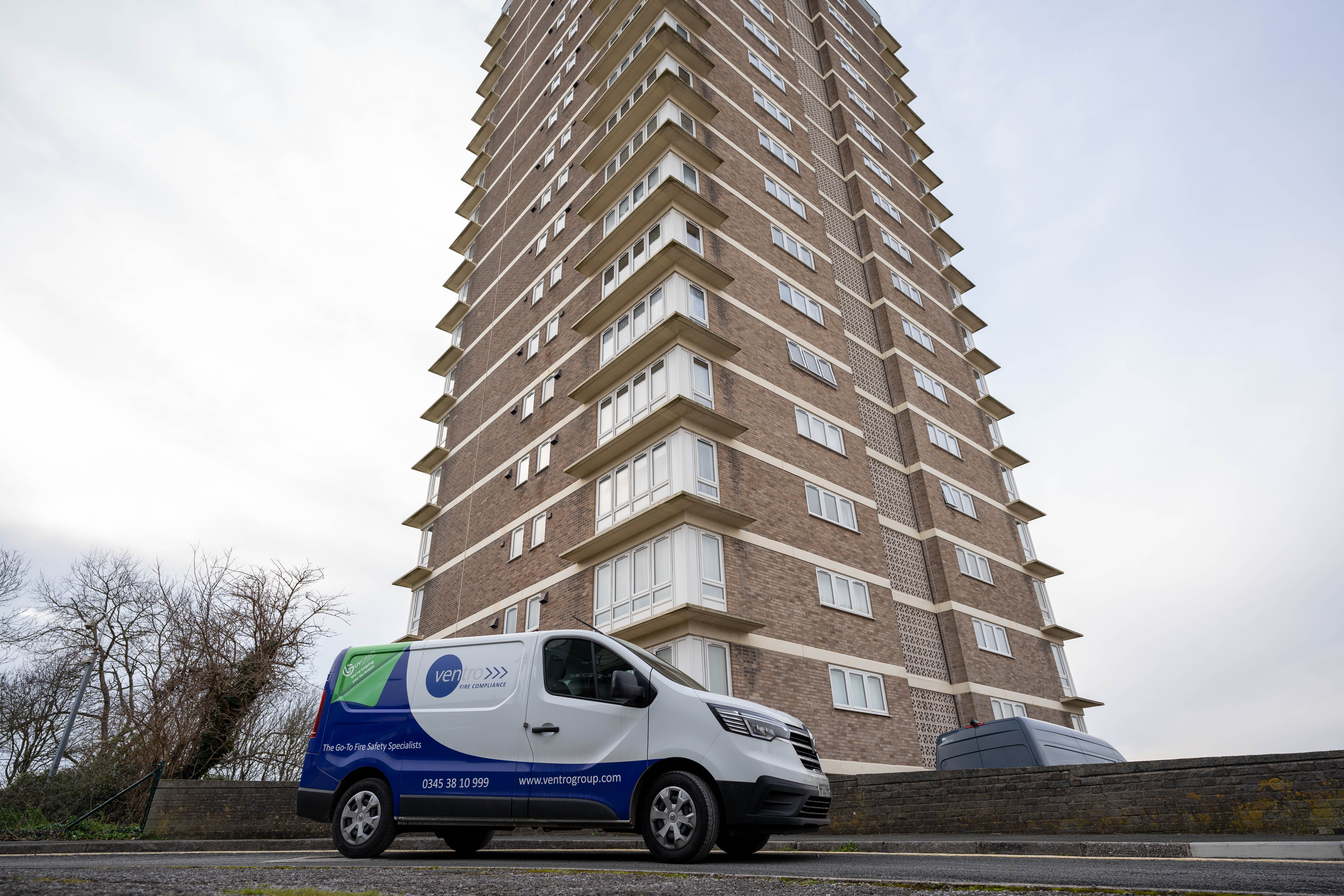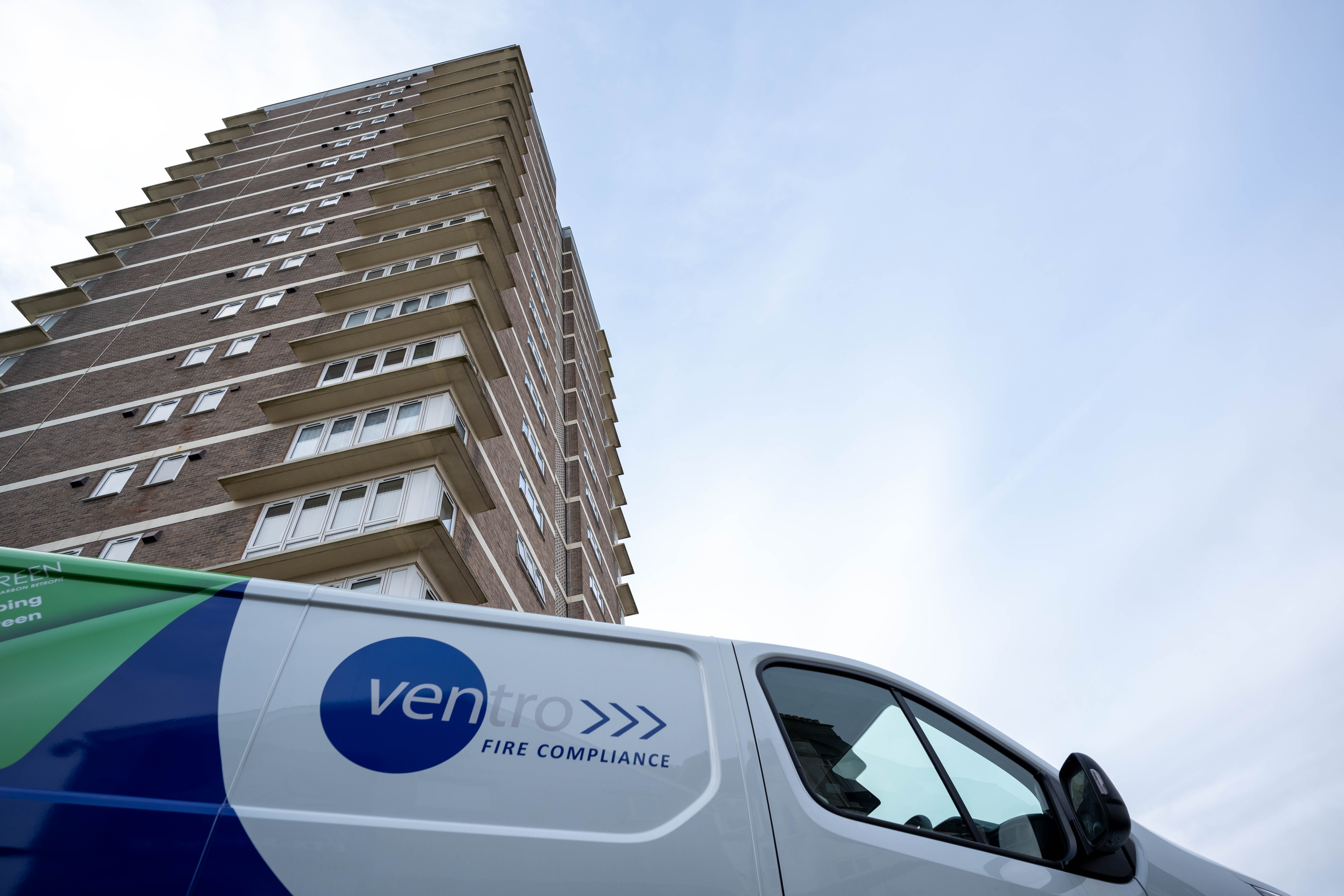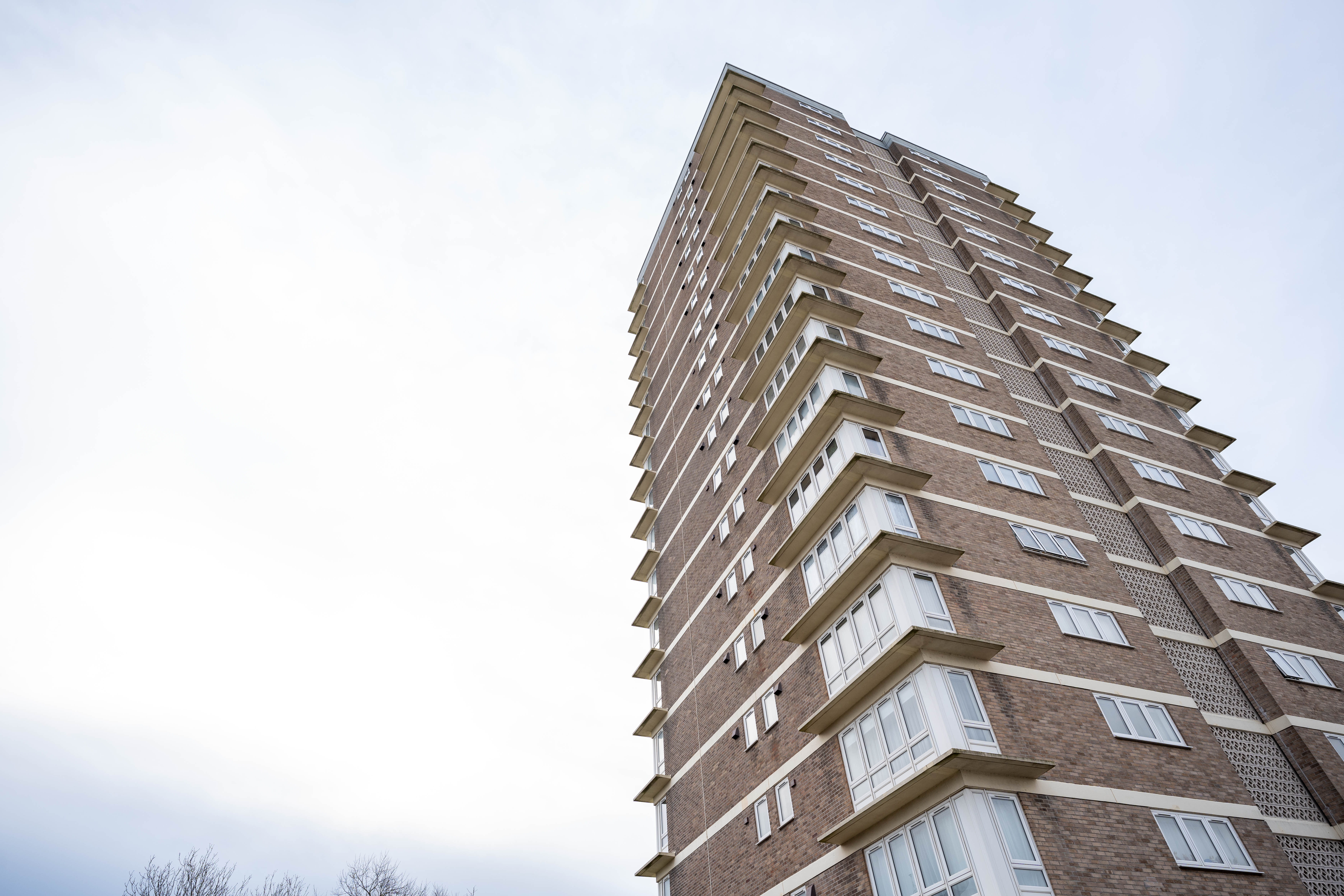In January 2023, the Fire Safety (England) Regulations 2022 came into effect with new requirements for fire doors in multi-occupied residential buildings. The purpose of this blog is to provide an overview of the changes and explain the new requirements in detail. We have updated this blog in line with the latest legislation as of January 2025.
To keep up to date with the latest fire safety legislative requirements then make sure to sign up to our upcoming webinar which takes place on 31st January 2025 and features the FPA and Triple A Solutions where we will discuss the changes to BS9991 and Approved Doc B. You can sign up to the webinar here.
Updated Fire Door Regulations for Multi-Occupied Residential Buildings
The new regulations apply to multi-occupied residential buildings in England with storeys over 11 metres in height. The responsible persons are required to undertake quarterly checks of all fire doors in the common parts and annually check the flat entrance doors that lead onto the building's common parts.
Quarterly checks of fire doors in common parts
Responsible persons are required to undertake quarterly checks of all fire doors (including self-closing devices) in the common parts of the building. The purpose of these checks is to ensure that the fire doors are in good working order and can provide adequate protection in case of a fire.
Annual checks of flat entrance doors
The responsible persons are required to carry out an annual check of all flat entrance doors that lead onto the building's common parts. This check will involve inspecting the self-closing devices and making sure they are functioning correctly. The responsible persons will need to gain access to each flat to carry out this check.
In case the responsible person is denied access to the flat, they must provide documentation of the efforts undertaken to carry out this requirement. This means that the responsible person will need to work with residents to agree on a date for the inspection. If the residents do not cooperate, the responsible person must provide evidence of the correspondence seeking permission to access the flat.
Additional Requirement to Provide Information to Residents
The responsible persons are also required to provide residents with information on the importance of fire doors to the building's fire safety. This information should include the importance of keeping fire doors closed at all times, avoiding tampering with fire doors and self-closing devices, and reporting any faults or damage as soon as they occur. Residents should receive this information when they move in and once a year thereafter.
Buildings below 11 metres in height
For residential buildings below 11 metres in height, the responsible persons still have a duty to put in place general fire precautions, including ensuring that all fire doors in the building are up to standard. The responsible persons are also required to provide residents with relevant information on fire doors.
Building owners and responsible persons need to ensure they are compliant with the new fire door regulations. The regulations aim to ensure that all fire doors in multi-occupied residential buildings are in good working order and can provide adequate protection in case of a fire. It is important that responsible persons carry out the required checks and provide residents with relevant information to help maintain the building's fire safety.
To help you get up to date with the new legislation, understand how existing roles have changed and explore what the future looks like for building safety in England and Wales, we have put together a Building Safety Act Checklist.
Access Your Copy of the Checklist and Make Sure You’re Compliant
By ticking off the checklist, you’ll understand the steps that need to be taken in line with the Building Safety Act, so you know what to consider when making changes to your high-rise buildings.


